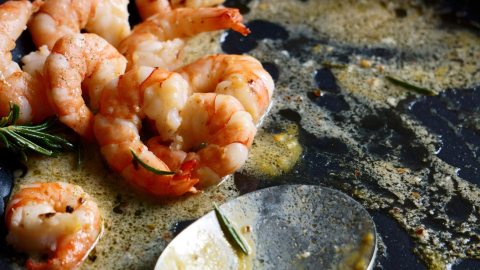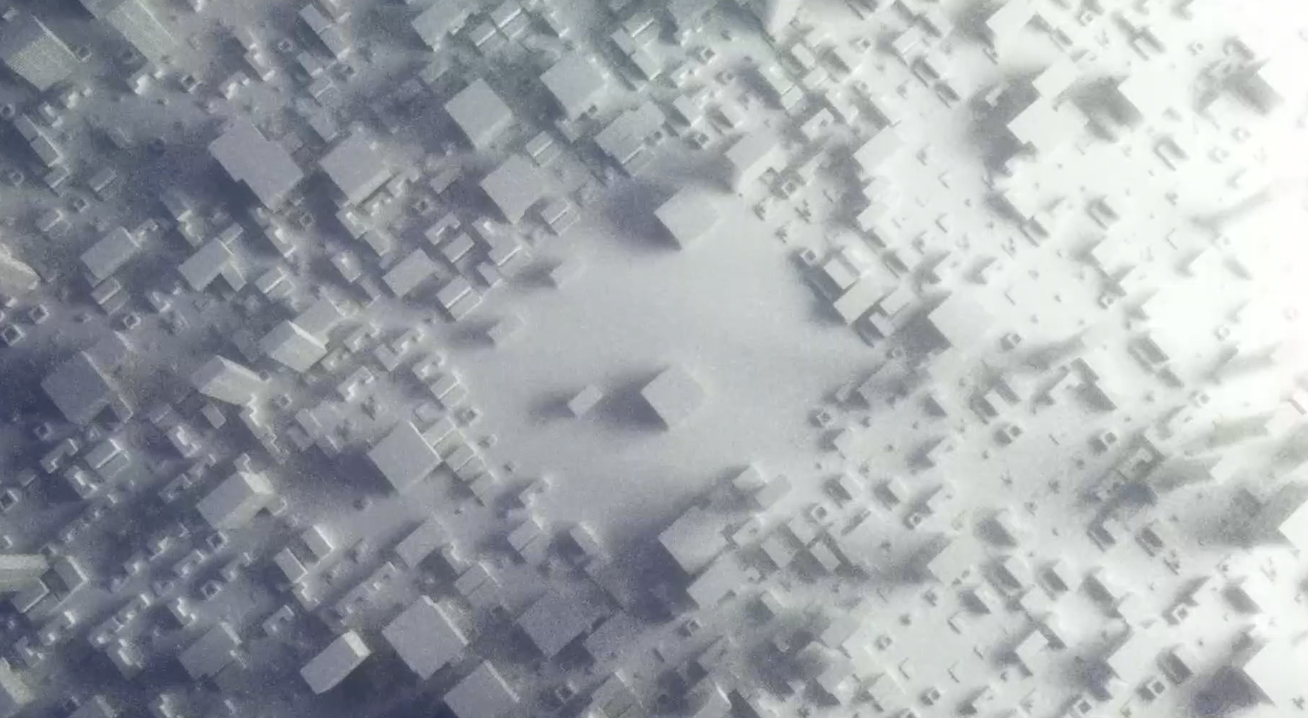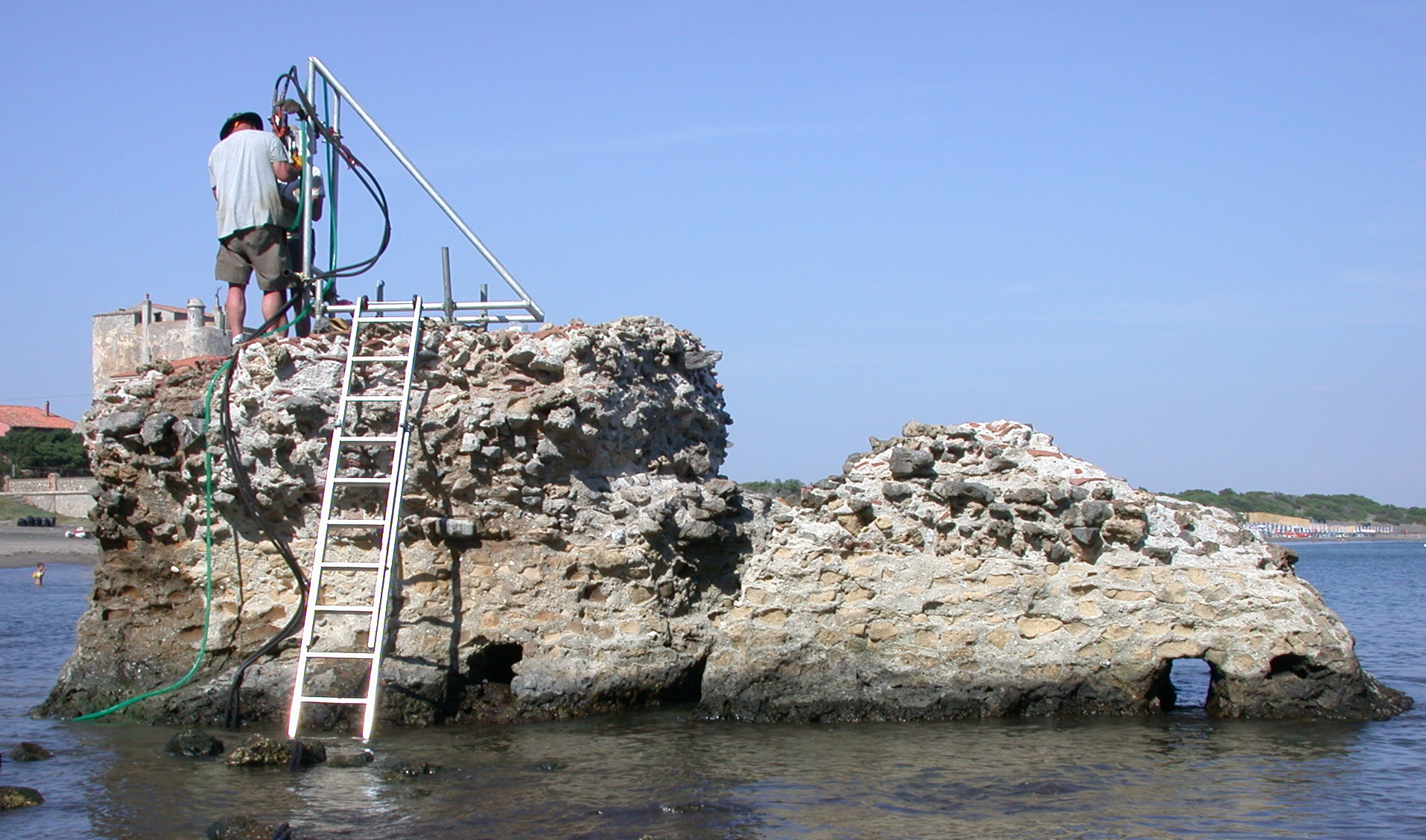Nanoparticles from shrimp shells make cement stronger

- Concrete is the second most consumed material on Earth, eclipsed only by water. About three tons of the stuff are used for each individual every year.
- Cement, the primary constituent of concrete, accounts for 8% of the world's carbon dioxide emissions, so reducing its use would yield huge benefits.
- Scientists augmented cement with chitin nanoparticles from discarded shrimp shells, significantly boosting the material's strength and usability. The researchers hope this will allow them to make concrete using less cement.
A team of scientists from Washington State University and the Pacific Northwest National Laboratory, in research funded through the prestigious Advanced Research Projects Agency-Energy (ARPA-E) at the Department of Energy, has infused cement with chitin nanoparticles from discarded shrimp shells, drastically boosting the material’s strength and usability. They detailed their efforts in a paper published in the journal Cement and Concrete Composites.
Concrete poetry
Concrete is the second most consumed material on Earth, eclipsed only by water. About three tons of the stuff are used for each individual every year, in roads, bridges, and buildings, among many other places. Obviously, this consumption comes with costs. Cement, the primary constituent of concrete, accounts for 8% of the world’s carbon dioxide emissions.
Cement is fundamentally a binder — setting, hardening, and adhering other materials to form structures. It’s made with calcined lime and clay, then mixed with sand, gravel, and water to create concrete.
The research is rather poetic, as it combines two of Earth’s great building materials: one from the human world, cement, and the other from the natural world, chitin. Chitin is a biopolymer that is a primary component of fungal cell walls and arthropod exoskeletons, like those found in insects, spiders, and crustaceans. It’s produced by living organisms in staggering amounts: about 10 to 100 billion tons each year!
The power of shrimp shells
The scientists isolated chitin nanocrystals and chitin nanofibers from chitin powder made from shrimp shells by a combination of chemical and mechanical means, then combined the two different nanoparticles with ordinary commercial cement in various proportions. They then put the formulations through numerous tests, monitoring consistency, workability, and setting time, as well as a variety of measurements of strength over 28 days.
Comparing the formulations to regular control cement, chitin nanocrystals and nanofibers appeared to broadly improve most qualities of the material. Cement augmented with 0.05% by weight of chitin nanofibers came out on top, however. After 28 days, this formulation was 12% better at withstanding heavy loads, known as compressive strength. It also demonstrated 41% greater flexural strength, withstanding greater pressures before bending and breaking.
“Those are very significant numbers,” Michael Wolcott, one of the authors and a Regents Professor in civil and environmental engineering at WSU, said in a statement. “If you can reduce the amount that you use and get the same mechanical function or structural function and double its lifetime, then you’re able to significantly reduce the carbon emissions of the built environment.”
The time it took for the chitin mixtures to set also improved compared to normal cement — about 17 minutes for the nanofiber formulation and 56 minutes for the nanocrystal formulation. Longer setting time grants work crews more time to transport and pour concrete once mixed. Ordinary Portland cement, the most commonly used type, initially sets in about thirty minutes. At this point, it is no longer readily molded and loses its strength if forcibly reshaped.
On the downside, the chitin cement mixtures did not perform as well in workability, which describes how well “freshly mixed concrete can be mixed, placed, consolidated, and finished,” but the differences were slight.
The researchers’ next steps are to make sure the benefits seen in cement also hold up in concrete, then to scale up their lab procedures to produce the chitin nanoparticle additive in far greater volumes. “Our overall goal is to make the same concrete, but use less cement,” author Somayeh Nassiri, an associate professor of civil and environmental engineering at UC-Davis told The Daily Evergreen. “That would be very environmentally beneficial.”
Other scientists are also looking at different ways to make cement more sustainable. In June, researchers at the University of Colorado-Boulder announced that they created a carbon-neutral variety using algae.





